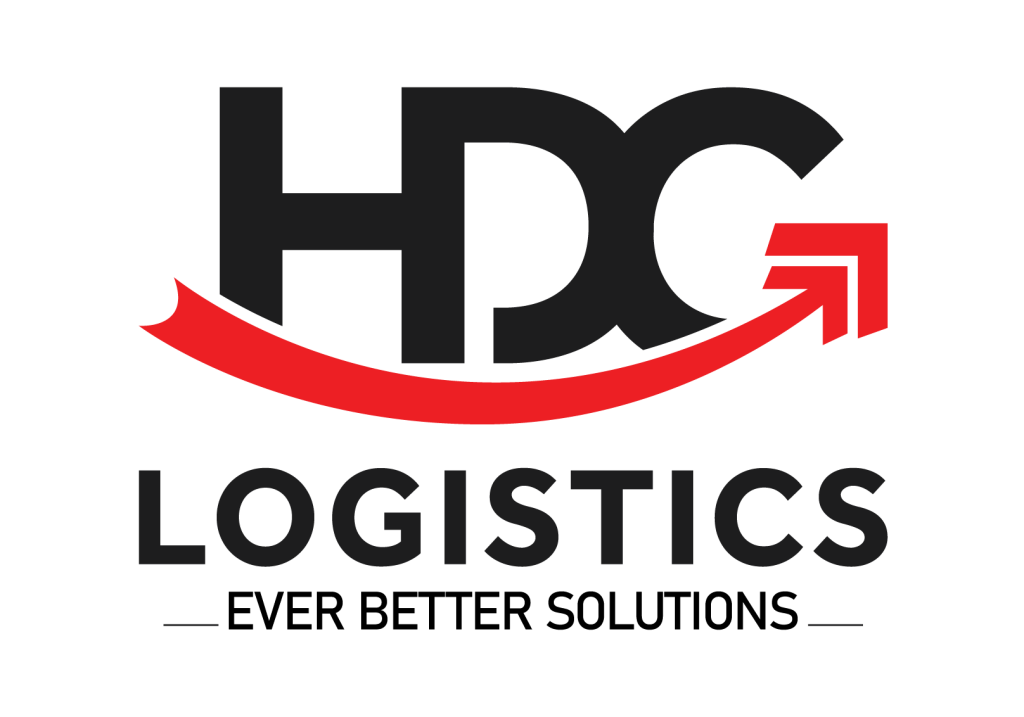A breast pump, also known as a milking machine, is a device that assists a mother in obtaining milk from her breasts efficiently and conveniently. The machine can be operated manually or electrically, saving mom time and effort compared to manual milking.
Main uses of breast pumps:
- Support mothers to pump milk when the baby does not finish: Pumping after the baby feeds will help stimulate breast milk production, while storing milk for future breastfeeding.
- Solve milk jet blockage: Breast pumps can help mothers massage and suck milk out of the breasts, help reduce milk jet blockage and support effective milk jet ventilation.
- Help busy mothers can breastfeed: Breast pumps make it possible for mothers to pump and reserve for breastfeeding when mothers do not have time to breastfeed directly.
- Increase breast milk volume: Breast pumps can help stimulate breast milk production, helping mothers have more milk to breastfeed.
There are two main types of breast pumps:
- Manual breast pump: This type of machine works by using hand force to create breast pumping. Manual breast pumps are usually cheaper than electric breast pumps.
- Electric breast pump: This type of machine uses an electrical supply to create breast suction. Electric breast pumps usually have more features than manual breast pumps, such as: suction adjustment, breast massage, timer …

Import Policy
- Circular 26/2015/TT-BTC date;
- Circular 39/2016/TT-BYT dated 28/10/2016;
- Circular 38/2015/TT-BTC dated March 25, 2015; amended and supplemented 39/2018/TT-BTC dated 20/04/2018;
- Circular 14/2018/TT-BYT dated 15/05/2018;
- Official Dispatch 4658/BYT-TB-CT dated 12/08/2019;
- Decree 98/2021/ND-CP dated 08/11/2021;
- Guiding Circular /2021/TT-BYT dated /12/2021. Guide the implementation of Decree 98/2021/ND-CP;
- Decree No. 43/2017/ND-CP dated April 14, 2017;
- Decree 128/2020/ND-CP dated October 19, 2020;
- Document 43/2021/TT-BTC dated 11/06/2021.
According to current regulations, breast pumps do not belong to the list of goods prohibited from import. However, businesses should note:
- Breast pumps must have a Food Safety Declaration (ATTP) when imported.
- Products must have full content stickers as prescribed by Decree 43/2017/ND-CP.
- In addition, the import process also depends on the type of breast pump: the type that only sucks and stores milk and the type that supports the blockage and regulation of the milk gland, in which, the breast pump has the function of supporting the declaration of medical equipment according to regulations.
HS code and import tariff of breast pumps
Breast pumps belonging to chapter 84 heading 84.13. HS code: 84132020 – Breast pump
Import tax rate of breast pumps
Normal import duty: 30%
Preferential import duty: 20%
VAT: 8%
Customs clearance for import of breast pumps
The set of customs documents for the import of breast pumps includes:
- Commercial Invoice
- Packing List
- Bill of Lading (Sea/Air Bill of Lading)
- Certificate of Origin (If any)
- Machine catalog (If any)
- Class B Medical Device Classification License
The procedure for importing breast pumps
Step 1: Make a declaration of classification of medical devices
Breast pumps are medical devices of class B as prescribed by the Ministry of Health. Therefore, when importing breast pumps, enterprises need to carry out procedures for classifying medical equipment according to regulations.
A dossier of request for classification of medical devices includes:
- Written request for classification of medical devices:
- Technical documents (catalogs) describing functions and specifications of medical devices:
- User documentation of medical devices:
- The standard published by the medical device manufacturer applies:
Medical device classification process:
- Enterprises prepare dossiers according to regulations.
- Submit the application in person or send it by post to the Medical Device Administration – Ministry of Health.
- Medical Device Administration officials receive the dossier and check the validity.
- If the dossier is valid, the Medical Device Administration will issue a notice of receipt of the dossier and conduct appraisal.
- After completing the appraisal, the Medical Device Administration will issue a classification of medical devices to the enterprise.
Step 2: Declare customs declaration
After collecting all import and export documents, including contracts, commercial invoices, packing lists, bills of lading by sea, certificates of origin, results of classification of medical devices, notification of arrival and HS code of breast pumps, enterprises enter declaration information into the customs system via software.
Step 3: Open the customs declaration
After completing the customs declaration, the system will return the result of the declaration streaming. Print out the declaration and bring the import dossier to the customs department to open the declaration, depending on the green, yellow and red channels to carry out the steps to open the declaration.
Step 4: Customs clearance
After checking the documents and no questions asked, the customs officer will accept the customs clearance of the declaration. Enterprises can pay import tax for customs declarations to complete customs clearance procedures.
Step 5: Transportation and use of goods
The declaration has been cleared through customs, the enterprise proceeds to liquidate the declaration and carry out the necessary procedures to bring the breast pump to the warehouse.



 Tiếng Việt
Tiếng Việt 日本語
日本語 中文 (中国)
中文 (中国)

